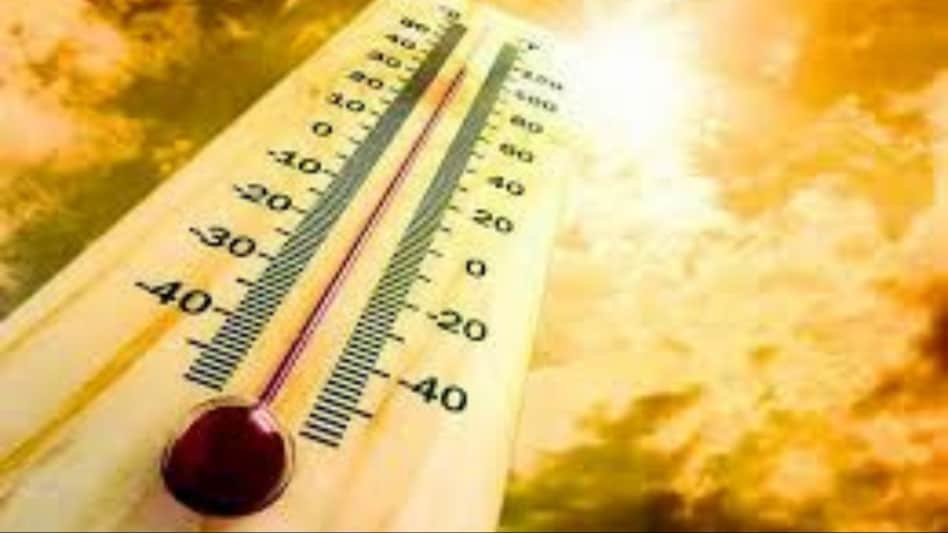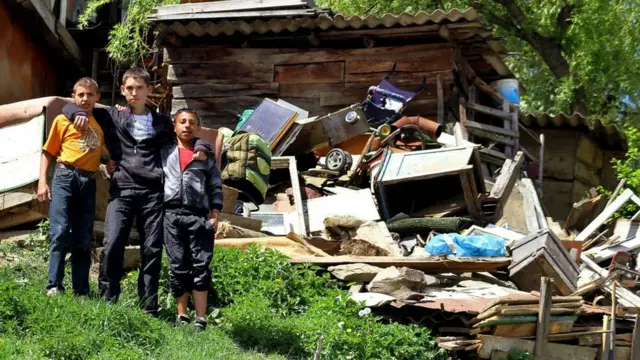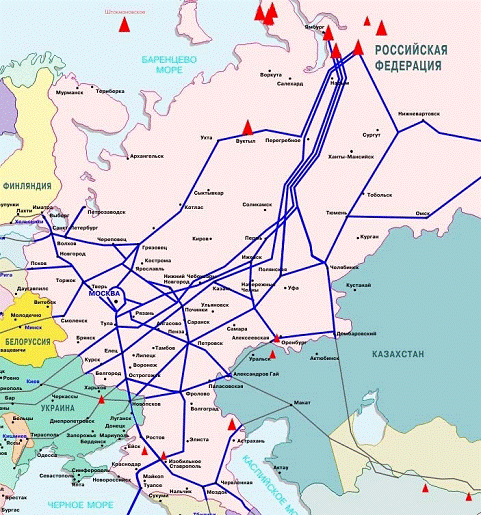India Heatwave: Central Government Issues Advisory To States

Table of Contents
Advisory Details: Key Recommendations from the Central Government
The central government's heatwave advisory outlines a series of crucial recommendations for state governments to implement immediately. These guidelines focus on preventative measures, heatwave preparedness, and public health safety. The advisory emphasizes a multi-pronged approach, targeting both immediate relief and long-term strategies. Key recommendations include:
-
Increased Public Awareness Campaigns: States are urged to launch widespread public awareness campaigns using various media channels (TV, radio, social media) to educate citizens about heatwave prevention, symptoms of heatstroke, and necessary precautions. This includes disseminating information in multiple languages to reach diverse communities effectively.
-
Cooling Centers and Access to Water: The advisory mandates the establishment and accessibility of adequate cooling centers across all districts, particularly in vulnerable areas. Free access to clean drinking water is also highlighted as a critical requirement. Regular checks on the functionality and availability of these facilities are recommended.
-
Working Hour Restrictions: Stricter enforcement of working hour restrictions during peak heat hours (typically between 12 pm and 4 pm) for outdoor workers is advised. This includes construction workers, agricultural laborers, and others who are particularly susceptible to heatstroke. Regular breaks and access to hydration are also stressed.
-
Enhanced Hospital Preparedness: The advisory emphasizes increased preparedness in hospitals and healthcare facilities to effectively manage heatstroke cases. This includes training medical personnel, ensuring sufficient medical supplies, and creating dedicated wards for heatstroke patients if necessary.
-
Vulnerable Populations: Specific measures are outlined to protect vulnerable populations, including the elderly, children, pregnant women, and those with pre-existing health conditions. This may involve home visits, targeted awareness campaigns, and provision of specialized assistance.
Impact of the Heatwave Across Indian States
The impact of the India heatwave is not uniform across the country. While many states are experiencing extreme heat, some regions are facing far more severe consequences than others. The southern and western states have particularly been affected, facing prolonged periods of extreme temperatures.
-
Heatwave Deaths: Reports of heatstroke-related deaths are emerging from various states, with the exact numbers still being compiled and verified. These numbers are expected to rise unless proactive measures are implemented effectively.
-
Agricultural Impact: The prolonged heatwave is severely affecting agriculture and livestock. Crop yields are declining, impacting food security, and livestock are experiencing significant mortality rates due to heat stress.
-
Power Outages and Water Scarcity: Many areas are facing disruptions in daily life due to power outages and water scarcity, adding further pressure to already strained resources. This is particularly concerning in regions with limited access to electricity and reliable water sources.
-
Economic Consequences: The heatwave is expected to have significant economic consequences, impacting agricultural productivity, industrial output, and overall economic activity. The full extent of the economic impact is still to be assessed.
State-Level Responses and Preparedness
State governments are responding to the central government’s advisory with varying degrees of effectiveness. Some states have swiftly implemented measures, while others are struggling to adequately address the challenges.
-
Effective Initiatives: Some states have implemented comprehensive strategies, including widespread public awareness campaigns, the establishment of numerous cooling centers, and stringent enforcement of working hour restrictions.
-
Challenges Faced: Many states face significant challenges, including resource constraints, logistical difficulties in reaching remote areas, and limited capacity for large-scale public health interventions. Effective communication and coordination are crucial to overcoming these hurdles.
-
Areas for Improvement: There is a clear need for improvement in preparedness strategies, particularly in terms of early warning systems, resource allocation, and community engagement. Better coordination between different government departments is also essential for a more effective response.
Long-Term Strategies to Combat Future Heatwaves
The current heatwave underscores the urgent need for long-term strategies to mitigate the effects of future heatwaves, which are expected to become more frequent and intense due to climate change. Adapting to a changing climate requires a multi-faceted approach:
-
Climate-Resilient Infrastructure: Investing in climate-resilient infrastructure, including improved water management systems and heat-resistant buildings, is crucial to enhance community resilience.
-
Early Warning Systems: Strengthening early warning systems for heatwaves will allow for timely interventions and enable communities to better prepare for extreme heat events.
-
Sustainable Urban Planning: Sustainable urban planning that reduces the urban heat island effect, such as through increased green spaces and improved building design, can help mitigate the impact of heatwaves in urban areas.
-
Public Health Strategies: Implementing long-term public health strategies focused on heatwave preparedness, including improved health education and community-based interventions, is essential to protect vulnerable populations.
Conclusion
The India heatwave demands immediate and decisive action. The central government’s advisory highlights the critical need for comprehensive measures to protect citizens from extreme heat. State governments must act swiftly to implement the recommendations, focusing on public awareness, resource allocation, and enhanced healthcare preparedness. The long-term challenge lies in developing effective strategies for climate change adaptation and building resilience against future heatwaves. Stay safe during the India heatwave, learn more about heatwave safety, and take action to combat the effects of the India heatwave. Your proactive measures can save lives.

Featured Posts
-
 Geografiya Prozhivannya Romiv V Ukrayini Statistichni Dani Ta Analiz
May 13, 2025
Geografiya Prozhivannya Romiv V Ukrayini Statistichni Dani Ta Analiz
May 13, 2025 -
 Celebrities Fight Ai Copyright Infringement Open Letter To Uk Prime Minister
May 13, 2025
Celebrities Fight Ai Copyright Infringement Open Letter To Uk Prime Minister
May 13, 2025 -
 Fizika I Khimiya V Detskom Sadu Novye Gosudarstvennye Standarty
May 13, 2025
Fizika I Khimiya V Detskom Sadu Novye Gosudarstvennye Standarty
May 13, 2025 -
 Gazprom I Eao Sotrudnichestvo V Sfere Gazosnabzheniya
May 13, 2025
Gazprom I Eao Sotrudnichestvo V Sfere Gazosnabzheniya
May 13, 2025 -
 Pregnant Cassie Shares Third Babys Gender Reveal On Alex Fines Birthday
May 13, 2025
Pregnant Cassie Shares Third Babys Gender Reveal On Alex Fines Birthday
May 13, 2025
Latest Posts
-
 The Wonder Of Animals A Journey Through Evolution And Adaptation
May 13, 2025
The Wonder Of Animals A Journey Through Evolution And Adaptation
May 13, 2025 -
 Planning Your Springwatch Cherry Blossoms In Japan
May 13, 2025
Planning Your Springwatch Cherry Blossoms In Japan
May 13, 2025 -
 Springwatch Japan Best Spots For Cherry Blossom Viewing
May 13, 2025
Springwatch Japan Best Spots For Cherry Blossom Viewing
May 13, 2025 -
 The Wonder Of Animals Conservation Efforts And Future Prospects
May 13, 2025
The Wonder Of Animals Conservation Efforts And Future Prospects
May 13, 2025 -
 Japans Cherry Blossom Season Your Springwatch Itinerary
May 13, 2025
Japans Cherry Blossom Season Your Springwatch Itinerary
May 13, 2025
